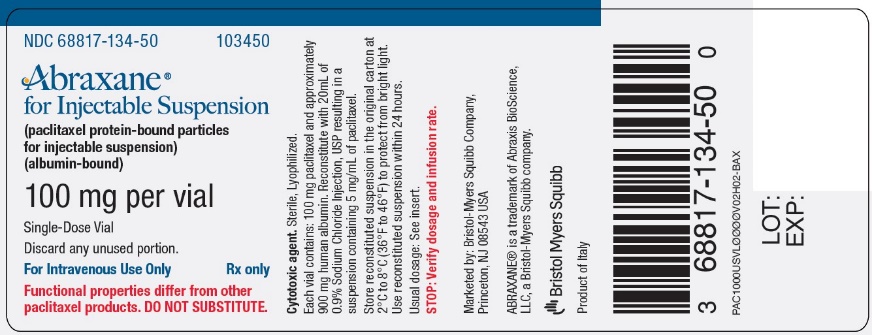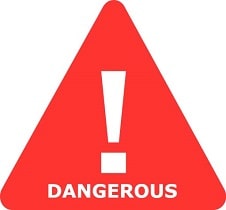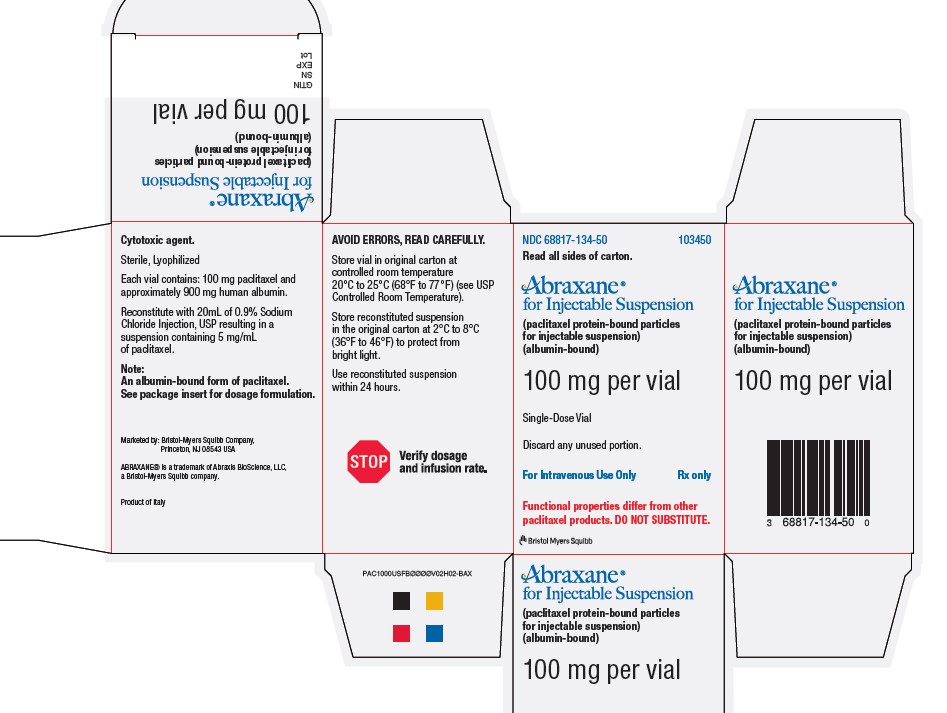
Abraxane | Paclitaxel Injection, Powder, Lyophilized, For Suspension while Breastfeeding
What is Abraxane | Paclitaxel Injection, Powder, Lyophilized, For Suspension used for?
Is using Abraxane | Paclitaxel Injection, Powder, Lyophilized, For Suspension safe or dangerous while breastfeeding?

Abraxane | Paclitaxel Injection, Powder, Lyophilized, For Suspension Breastfeeding Analsys
Paclitaxel while Breastfeeding
DangerousCAS Number: 33069-62-4

Paclitaxel is a taxane with antimitotic properties originally derived from the bark of the Pacific yew (Taxus brevifolia).Indicated for the treatment of various cancers (breast, ovarian, lung, pancreatic).Administered intravenously; a dose generally every 3 weeks during a number of rounds determined according to protocol. Some types of cancer require weekly doses (EMA 2016, AEMPS 2012). Because it is very lipophilic, it is excreted in breast milk in significant amounts. At 316 hours (13 days) after the infusion, detectable levels were no longer found in breast milk (Griffin 2012). There are two different pharmaceutical forms of paclitaxel, the conventional one (AEMPS 2012, Bristol 2011) and the albumin-bound nanoparticle (EMA 2016), with a very similar pharmacokinetic profile: high protein binding, high volume of distribution and a long half-life of around a day, the range being between 13 and 53 hours for the broadest conventional form (Bristol 2011), versus 12 to 33 hours for the nanoparticle form (EMA 2016). When it is possible to do so, detections in the milk of each patient to determine the total elimination of the drug would be the best indicator for resuming breastfeeding between two rounds of chemotherapy. It is known from pharmacokinetics that after 3 elimination half-lives (T½) 87.5% of the drug is eliminated from the body; after 4 T½ 94%, after 5 T½ 96.9%, after 6 T½ 98.4% and after 7 T½ 99%. From 7 T½ plasmatic concentrations of drug in the body are negligible. In general, a period of five half-lives can be considered a safe waiting period before a return to breastfeeding (Anderson 2016). Depending on the pharmaceutical form of paclitaxel and taking as reference the longest recorded T½, these 5 T½ would correspond to the conventional form of paclitaxel at 11 days and that of nanoparticles at 7 days. Expert authors recommend waiting 6 to 10 days (between 6 and 10 T½) after the last dose to restart breastfeeding. Meanwhile, express and discard breast milk regularly (Hale 2017 p.742). Some chemotherapeutic agents with an antibiotic effect can alter the composition of the microbiota (cluster of bacteria or bacterial flora) of the milk and the concentration of some of its components (Urbaniak 2014). This possibly occurs temporarily with subsequent recovery, without any adverse effects being reported in breastfed infants.
Abraxane | Paclitaxel Injection, Powder, Lyophilized, For Suspension Breastfeeding Analsys - 2
Paclitaxel while Breastfeeding
CAS Number: 33069-62-4
Most sources consider breastfeeding to be contraindicated during maternal antineoplastic drug therapy.[1] Based on limited data, paclitaxel appears to be excreted into milk in relatively large amounts. It might be possible to breastfeed safely during intermittent therapy with an appropriate period of breastfeeding abstinence, but the duration abstinence is not clear. In one case, paclitaxel was detectable in milk for at least a week, but not at 13 days after a dose of 30 mg per square meter. The manufacturer recommends that breastfeeding be discontinued during paclitaxel therapy and for 2 weeks after the last dose. Chemotherapy may adversely affect the normal microbiome and chemical makeup of breastmilk.[2] Women who receive chemotherapy during pregnancy are more likely to have difficulty nursing their infant.

What should I do if already breastfed my kid after using Abraxane | Paclitaxel Injection, Powder, Lyophilized, For Suspension?
You should immediately inform your health care provider about Abraxane | Paclitaxel Injection, Powder, Lyophilized, For Suspension usage and your breastfeeding interval after usage of
My doctor has prescribed me Abraxane | Paclitaxel Injection, Powder, Lyophilized, For Suspension, what should I do?
Please double check with your doctor if he is aware of your breastfeeding stratus, Ask your doctor if there is any safe alternative of Abraxane | Paclitaxel Injection, Powder, Lyophilized, For Suspension. Check with your doctor if you shall temporally stop breastfeeding. You may go for second opinion as well. Still after all of this if your doctor still recommends Abraxane | Paclitaxel Injection, Powder, Lyophilized, For Suspension then go for it as they have access on more detailed medical and scientific information and they understand your individual medical situation much better.
If I am using Abraxane | Paclitaxel Injection, Powder, Lyophilized, For Suspension, will my baby need extra monitoring?
Extreme level of monitoring required as Abraxane | Paclitaxel Injection, Powder, Lyophilized, For Suspension could be dangerous for kid.
Who can I talk to if I have questions about usage of Abraxane | Paclitaxel Injection, Powder, Lyophilized, For Suspension in breastfeeding?
US
National Womens Health and Breastfeeding Helpline: 800-994-9662 (TDD 888-220-5446) 9 a.m. and 6 p.m. ET, Monday through Friday
UK
National Breastfeeding Helpline: 0300-100-0212 9.30am to 9.30pm, daily
Association of Breastfeeding Mothers: 0300-330-5453
La Leche League: 0345-120-2918
The Breastfeeding Network supporter line in Bengali and Sylheti: 0300-456-2421
National Childbirth Trust (NCT): 0300-330-0700
Australia
National Breastfeeding Helpline: 1800-686-268 24 hours a day, 7 days a week
Canada
Telehealth Ontario for breastfeeding: 1-866-797-0000 24 hours a day, 7 days a week
